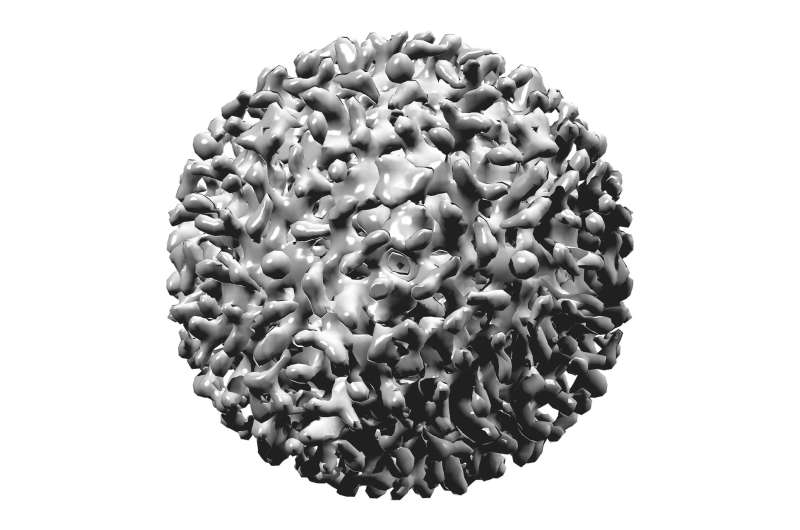Hepatitis B vaccination in preadolescents lowers disease incidence rate in study

Introducing hepatitis B vaccine in preadolescents meant a decline in the disease incidence rate by 52 percent, according to a study in which the University of Barcelona (UB) took part. The study analysed the efficiency and impact of the vaccination program in Catalonia (Spain) 21 years ago. The results show that after introducing the program, the incidence rate in general population went from 2.5 per 100,000 people in 1991 to 1.2 per 100,000 people in 2014.
The study, published in Vaccine, included the participation of experts from the Research Group on Epidemiology, Prevention and Control of Communicable Diseases of the UB, the Public Health Agency of Catalonia and the Barcelona Public Health Agency, led by Professor Àngela Domínguez, from the Department of Medicine of the UB and the Epidemiology and Public Health Networking Biomedical Research Centre (CIBERESP, Institute of Health Carlos III).
Hepatitis B is a globally important viral disease due its morbidity, mortality and high chronicity in children. Chronicity increases the risk of cirrhosis and hepatocellular carcinoma, and patients with a chronic disease are permanent transmitters of the virus. In 1991, systematic vaccination for hepatitis B was introduced in Catalonia in preadolescents. "So far, only risk groups were vaccinated, such as those working in the health sector or haemophiliac and haemodialytic patients. However, this type of vaccination was not enough to reduce the incidence," the researchers note.
The researchers studied vaccinated and non-vaccinated cohorts retrospectively, chosen according to their year of birth, as well as cases of hepatitis B between 2000 and 2014 that were registered by the Public Health Agency of Catalonia. During that period, they noted about 388 cases of hepatitis B infection, 232 in the non-vaccinated cohort and 156 in the vaccinated cohort.
The incidence rate was 4.1 per 100,000 people per year in the non-vaccinated group and 0.03 per 100,000 people per year in the vaccinated group. Therefore, the efficiency of the program was 99.30 percent and the associated benefit to estimate the prevented fraction was of 64.56 percent. According to the researchers, these results show that "efficiency and impact of the vaccination program for hepatitis B in preadolescents are high, benefiting the community."
Vaccination in preadolescents was suspended in July 2014, when the first kids who had been vaccinated as children (vaccinated in 2002, aged one) reached preadolescence, and did not require the vaccine again.
More information: Eva Borràs et al, Effectiveness and impact of the hepatitis B vaccination program in preadolescents in Catalonia 21 years after its introduction, Vaccine (2019). DOI: 10.1016/j.vaccine.2019.01.024




















